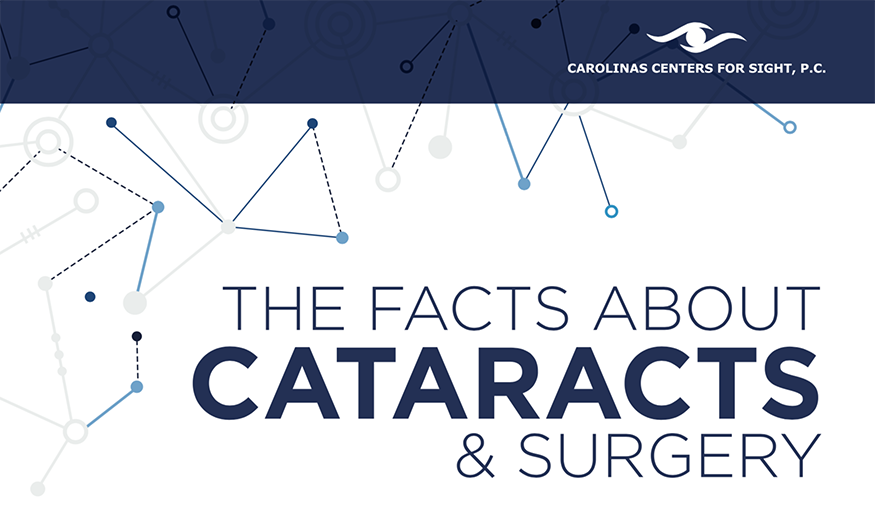Explore An Interesting Trip Mapping The Growth Of Cataract Surgical Treatment Methods That Are Reinventing The Outlook Of Eye Healthcare
Explore An Interesting Trip Mapping The Growth Of Cataract Surgical Treatment Methods That Are Reinventing The Outlook Of Eye Healthcare
Blog Article
Article Created By-Cullen Humphrey
As you explore the advancement of advanced cataract surgery methods, you'll witness a trip noted by ingenuity and accuracy. From old techniques that paved the way for contemporary technologies to advanced modern technologies that are transforming the area, the thorough introduction of cataract surgery strategies is a testimony to human development and commitment to boosting patient outcomes. The complex interaction between historical approaches and advanced innovations creates an intriguing narrative that sheds light on the advancement of one of the most usual surgical procedures worldwide.
Historic Methods and Developments
Check out how early doctors changed cataract treatment by using cutting-edge strategies and tools. In the past, cataract surgical treatment was a dangerous and excruciating procedure. Nonetheless, old Indian doctors were among the first to attempt medical interventions for cataracts, making use of a method called 'couching' where a sharp instrument was made use of to push the cataract back right into the eye. This method, though crude by today's requirements, laid the groundwork for future improvements in cataract surgical procedure.
As time progressed, Arab medical professionals made substantial contributions by developing specialized needles for cataract removal. These needles were made use of to puncture the cataract and after that extract it from the eye, marking a considerable enhancement in medical accuracy.
Later, in the 18th century, the French surgeon Jacques Daviel pioneered the strategy of extracapsular cataract removal, where the whole lens was eliminated undamaged via a larger cut. This noted a significant advancement in cataract surgical procedure methods, leading the way for the modern procedures we utilize today.
Modern Surgical Approaches
Early strategies in cataract surgical procedure have actually advanced dramatically, resulting in the growth of modern surgical techniques that prioritize accuracy and improved patient end results. Modern cataract surgical treatment now often entails a treatment called phacoemulsification, where an ultrasonic gadget breaks up the cataract for elimination with a tiny incision. This strategy allows for quicker healing and reduces the risk of problems compared to older approaches.
Furthermore, using innovative intraocular lenses (IOLs) has revolutionized cataract surgical procedure end results. These lenses can remedy not only the cataract yet additionally other refractive mistakes like astigmatism, reducing the requirement for glasses post-surgery.
cataract surgery is safe have accessibility to advanced imaging innovations that help in precise preoperative planning and intraoperative decision-making. just click the following article (OCT) and other imaging methods offer detailed images of the eye's frameworks, enabling an extra tailored strategy to each patient's surgery. With these innovations, modern cataract surgical procedure strategies remain to boost, providing clients safer treatments and much better visual end results.
Emerging Technologies in Cataract Surgical Procedure
With improvements in technology revolutionizing the area, cataract surgical procedure is seeing the assimilation of innovative strategies for boosted person outcomes. which cataract surgery does medicare cover in cataract surgical procedure are reshaping the landscape of ocular treatments. One such innovation is femtosecond laser technology, which permits accurate corneal incisions, capsulotomies, and lens fragmentation, resulting in enhanced surgical precision and outcomes.
Furthermore, intraoperative aberrometry is obtaining popularity, enabling real-time dimensions of refractive mistakes throughout surgery to enhance intraocular lens power estimations and decrease postoperative refractive shocks.
Additionally, using innovative imaging technologies like optical coherence tomography (OCT) and intraoperative wavefront aberrometry help doctors in precise medical planning and execution. These tools offer detailed anatomical details and aid customize medical approaches for each patient's distinct eye qualities.
In addition, developments in artificial intelligence are being explored to help in preoperative planning, intraoperative decision-making, and postoperative treatment, possibly optimizing surgical outcomes and individual fulfillment. Accepting these arising innovations in cataract surgical treatment holds promise for additional enhancing individual results and guaranteeing the continued development of ophthalmic medical methods.
Conclusion
As you journey via the history of cataract surgery, you witness the change from old techniques to advanced innovations. Like a phoenix climbing from the ashes, cataract surgical procedure has actually progressed into a sign of hope and innovation.
Just as a caterpillar emerges from its cocoon as a stunning butterfly, cataract surgery has thrived into a polished art form, offering clients more clear vision and a brighter future.
The evolution continues, beaming a light on endless possibilities.
